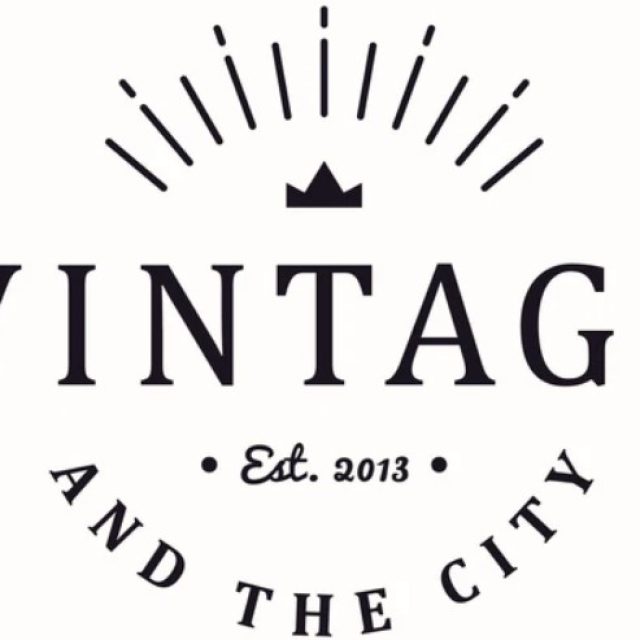About Woodstock
You will find the Cape Town suburb of Woodstock about a kilometer east of the Cape Town City Centre, between Table Bay and the lower slopes of Devil’s Peak. Even though it is one of the oldest suburbs in Cape Town, Woodstock is also one of the hippest. It is a vibrant neighborhood where cultures combine to offer a blend of food, fashion, arts, and design, making Woodstock the place to be seen. The suburb manages to combine a village atmosphere with a sense of inner-city living.
Woodstock has its roots in Cape Town’s 19th-century industrial development. In recent years, an impressive regeneration process, spearheaded by the refurbishment of the Old Biscuit Mill in Albert Road, has brought a flood of art galleries, craft workshops, design and décor shops, restaurants and trendy cafés to the area. Increasingly, Woodstock is seen as Cape Town’s ‘creative district’, and its changing face offers a fascinating insight into the process of urban regeneration in the 21st century.
The area of Woodstock was first known as Papendorp when three farms were established on the slopes of Devils Peak in 1692. After the arrival of the railway line in the middle of the 19th century, Woodstock became a fashionable seaside suburb with cottages next to the sea and a beach which stretched until the Castle of Good Hope. After briefly being named New Brighton, residents voted in 1867 to change the name to Woodstock. By 1884, Woodstock had grown rapidly, and in less than a year after becoming a separate municipality, became the third largest town in the country. Industrial activity flourished, permanently changing the nature of the suburb. In 1879, the first glass manufactured in South Africa was made at the Woodstock Glass Factory in 1879.
The land reclamation of Table Bay in the 1950’s, resulted in the loss of Woodstock’s beach, and combined with the increasingly industrial nature of the suburb, Woodstock ceased to be a seaside resort. Beach Road in Woodstock is a reminder of where the shoreline once ran. Despite the lower parts of Woodstock becoming run down in the second half of the 20th century, the face of Woodstock changed dramatically over the last decade. Many Young professionals have moved into the Victorian homes, many of which have been beautifully renovated and restored.
The Old Biscuit Mill in Woodstock’s Albert Road, hosts the Neighbourgoods Market every Saturday where visitors can enjoy fresh local produce and organic foods. The market also features a number of quirky shops selling crafts, clothing and jewelry. On Treaty Road you will find the Treaty Tree, an old Milkwood tree where in 1806 the peace treaty between the English and Dutch was signed after the Battle of Blaauwberg was signed. The Ruth Prowse School of Art is housed in what was the original Roodebloem farmhouse in Woodstock. Schools in Woodstock include Alpha School, Mountain Road Primary, Queen’s Park High and St Agnes Dominican Convent Primary School.
Other Cities in the Cape City Bowl: Bo-Kaap, Cape Town City Centre, Century City, De Waterkant, Foreshore, Gardens, Higgovale, Oranjezicht, Salt River, Tamboerskloof, University Estate, Vredehoek





